What are the common types of hanging orchids? what are the functions of hanging orchids?
Cymbidium is the best plant to purify indoor air, which is often used to hang potted plants for indoor decoration or garden scenery. Because of its colorful shape, strong negative tolerance, easy management, easy survival and fast reproduction, it is loved by more and more people. But how to raise hanging orchids, what are the types of hanging orchids and what is the role of hanging orchids, these problems are believed to have perplexed many people. Now I will solve these problems for you. I hope it will be helpful for you to take good care of the orchid.
Cymbidium is a perennial herb with tufted cylindrical hypertrophic fibrous roots and rhizomes. Leaves basal, strip to strip lace Phnom Penh needle-shaped, narrow and long, flexible like orchid, 20 m long, 1-2 m wide, apical long, acuminate base clasping stem, inserted on short stem. The most important feature of Cymbidium is that the mature plants will grow stems from time to time, the stem length is 30ft / 60cm, and the tip of the plants will grow into plantlets. Flower pavilions slender, longer than leaves, pendulous; racemes simple or branched, sometimes clustered in clusters of 2 mi 8 m at upper nodes of inflorescence; flowers white, several clustered, sparsely scattered on inflorescence axis. The florescence is between spring and summer, and it can also bloom indoors in winter.
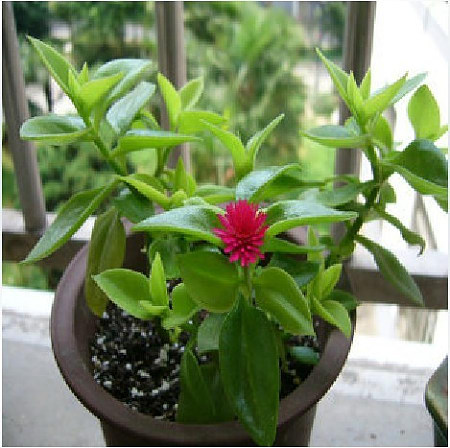
Phnom Penh hanging orchid
Phnom Penh hanging orchid, a kind of hanging orchid, the planting method is the same as other hanging orchids. Cymbidium, Liliaceae, perennial evergreen herbs. The leaves are broad linear, light green, born on short stems and have large cylindrical fleshy roots. Racemes 30-60 cm long, curved and drooping, with white florets; often produce clusters of rooted plantlets formed by plant buds on flower stems, which is very interesting. It grows fast and is easy to cultivate. It can be cultivated and appreciated all the year round in a brighter room. It is one of the most suitable kinds to be suspended or placed on the top of the cupboard or flower rack.
Chlorophytum
Evergreen perennial herbs, underground with rhizomes, fleshy and short, transverse or oblique, leaves slender, linear-lanceolate, yellow-white longitudinal stripes in the center, clasping at the base, bright green. Leaf axils draw creeping branches, protruding clumps of plants, bending outward, apically bearing small plants with aerial roots. Flowers white, perianth 6, florescence spring and summer.
Silver-edged orchid
Yinbian Cymbidium is an evergreen herb with rhizomes and fleshy roots. Ye Jisheng, wide linear, 1mm in width, 1m in length, about 30m in length, green. The edge of the leaf is white, the edge of the leaf of Phnom Penh is light yellow, and there are yellowish stripes in the middle of the leaf. Cymbidium pedicel slender, beyond the leaves, pedicel curved, apex with flowers 1 murmur6, raceme, flowers small, white, perianth 2 whorls a total of 6, stamens 6, ovary green. Florescence 6m / m / m-August.
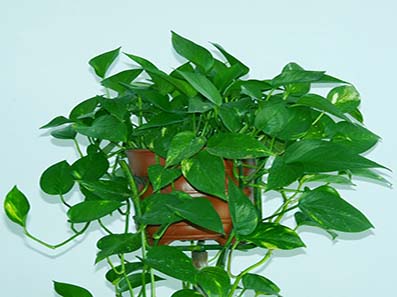
Silver heart orchid
Cymbidium is a kind of Cymbidium, which is named because it is different from other orchids because it has its remarkable characteristics: there is a silver stripe about 1 meter wide in the middle of each green leaf. As an expert in purifying the air, Magnolia as bonsai cultivation has entered the lives of more and more people. Offices, shopping malls, banks and families all use Magnolia as bonsai farming to purify indoor air and beautify the living environment.
Broad-leaf orchid
The broad-leaf orchid, also known as the big-leaf hanging, belongs to the subclass Lilium, asparagus, tequila and Magnolia, which is native to southern Africa. Broad-leaf Cymbidium, like warm, humid and semi-shady environment, the leaves are particularly sensitive to light, the summer is afraid of strong light, the soil is suitable for loose and fertile loam, the water retention is good, and the temperature in winter is not lower than 10 ℃.
Cymbidium maculata
Evergreen perennial herbs, underground with rhizomes, slender leaves, linear lanceolate, white longitudinal stripes in the center, clasping at the base, bright green. Leaf axils draw creeping branches, protruding clumps of plants, bending outward, apically bearing small plants with aerial roots. Flowers white, perianth 6, florescence spring and summer. Flower words: "helpless and give people hope". Like warm and humid, like semi-shade, avoid hot sun in summer, the soil is required to be loose and fertile, when the room temperature is 20 ℃, the stem and leaf grow rapidly, and the winter temperature is not less than 5 ℃.
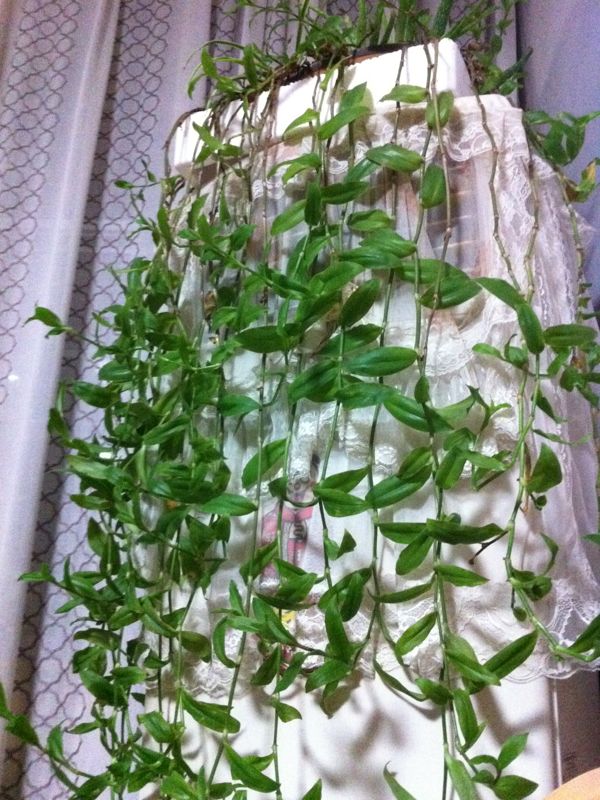
Milky white orchid
Evergreen perennial herbs, underground with rhizomes, slender leaves, linear lanceolate, white longitudinal stripes in the center, clasping at the base, bright green. Leaf axils draw creeping branches, protruding clumps of plants, bending outward, apically bearing small plants with aerial roots. Flowers white, perianth 6, florescence spring and summer. Flower words: "helpless and give people hope". Like warm and humid, like semi-shade, avoid hot sun in summer, soil is required to be loose and fertile, stems and leaves grow rapidly at room temperature of 20 ℃, and winter temperature is required to be no less than 5 ℃.
Colourful leaf orchid
Perennial evergreen herbs, short rhizomes, with clustered cylindrical fleshy fibrous roots, leaves strip-shaped, leaf margin green, leaves yellowish white, different from the common Phnom Penh orchids, long stolons are often extracted from the leaves, and their tips breed rooting plantlets with white flowers.
When it comes to the role of hanging orchids, it is really too big. The orchid can absorb more than 80% of the harmful gases in the room, absorb 86% of the formaldehyde, and absorb all the carbon monoxide and nitrogen peroxide emitted by stoves, electrical appliances and plastic products. For us in modern urban life, we often face the radiation emitted by all kinds of digital products. If we put one or two pots of orchids next to us, the poisonous gases in the air will be absorbed, which is equivalent to an air purifier. Therefore, the hanging orchid is also known as the "green purifier".
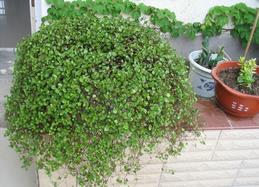
Let's take a look at how to raise the hanging orchid to make it more tenacious and lasting.
The substrate of how to raise Cymbidium: Cymbidium has strong adaptability to all kinds of soil and is easy to cultivate. A small amount of base fertilizer can be added to prepare fertile sandy loam, humus, peat or fine sandy soil.
How to breed the orchid: the adaptability of the orchid is strong, the survival rate is high, and it is often propagated by means of ramet, cuttage, sowing and so on. Cuttings and ramet propagation can be carried out at any time from spring to autumn.
How to water the hanging orchid: the hanging orchid likes the wet environment, and the basin soil should always keep the supermarket. Because its fleshy root can store a lot of water, it has a strong ability to resist drought and does not need to be watered frequently. Less than 5 degrees in winter, should be less watering, basin soil should not be too wet, otherwise the leaves are easy to yellowing.
How to fertilize the orchid: apply liquid fertilizer every 3 weeks during the growing season. Apply less nitrogen fertilizer and stop fertilization if the ambient temperature is lower than 10 degrees.
How to raise the light of the hanging orchid: the hanging orchid likes the semi-shady environment, but it can be cultivated in the bright indoor environment all the year round, and the strong direct sunlight should be avoided. It is best to find a place where there can be scattered sunlight, or cover 50% and 70% of the sunlight with gauze curtains, so that it can grow luxuriantly and the leaves are beautiful.
How to raise the temperature of the hanging orchid: the hanging orchid is resistant to high temperature, the suitable growth temperature is between 15-30 ℃, and the winter temperature is above 10 ℃.
How to maintain the humidity of the hanging orchid: the hanging orchid likes the moist environment, in order to make it fresh and fresh green, can often spray water to the leaves to clean.
How to prune the orchid: with the growth of the plant, in order to maintain a good plant type, the yellow leaves at the base and leaf tip should be cut frequently, and pay attention to the pruning of some old and rotten roots.
Pest control of how to raise Cymbidium: the plant cluster of Cymbidium is dense and unventilated, and it is vulnerable to scale insects, so prevention should be given priority to.
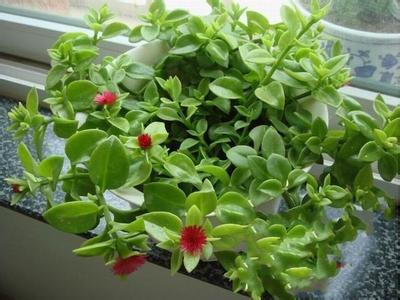
The flower language of Diaolan is "helpless and hopeful".
This fancy phrase comes from a legend that once upon a time there was an examiner who was jealous of talented people. In order to get his godson to go to high school, he tried to hold on to a talented man named Lin Dexiang. However, when correcting Lin Dexiang's paper, the emperor happened to make a private visit, and the examiner hurriedly hid the paper in the orchid on his desk. When the emperor was watching the brilliant orchid in full bloom, he inadvertently learned the truth, so he removed the examiner from office and "gave" the orchid to him. Soon after, the examiner died because of depression. Since then, the stems and leaves of this pot of orchids have not straightened up and slowly evolved into today's hanging orchids. This is how its fancy words come from.
There are many kinds of hanging orchids, but I believe that as long as we take good care of them and prune them diligently, how to raise them will not be a problem, and we will certainly be able to give full play to the role of hanging orchids to make them thrive and make them pleasing to the eye!
For us in modern urban life, we often face the radiation emitted by all kinds of digital products. If we put one or two pots of orchids next to us, the poisonous gases in the air will be absorbed, which is equivalent to an air purifier. Therefore, the hanging orchid is also known as the "green purifier".

Let's take a look at how to raise the hanging orchid to make it more tenacious and lasting.
The substrate of how to raise Cymbidium: Cymbidium has strong adaptability to all kinds of soil and is easy to cultivate. A small amount of base fertilizer can be added to prepare fertile sandy loam, humus, peat or fine sandy soil.
How to breed the orchid: the adaptability of the orchid is strong, the survival rate is high, and it is often propagated by means of ramet, cuttage, sowing and so on. Cuttings and ramet propagation can be carried out at any time from spring to autumn.
How to water the hanging orchid: the hanging orchid likes the wet environment, and the basin soil should always keep the supermarket. Because its fleshy root can store a lot of water, it has a strong ability to resist drought and does not need to be watered frequently. Less than 5 degrees in winter, should be less watering, basin soil should not be too wet, otherwise the leaves are easy to yellowing.
How to fertilize the orchid: apply liquid fertilizer every 3 weeks during the growing season. Apply less nitrogen fertilizer and stop fertilization if the ambient temperature is lower than 10 degrees.
How to raise the light of the hanging orchid: the hanging orchid likes the semi-shady environment, but it can be cultivated in the bright indoor environment all the year round, and the strong direct sunlight should be avoided. It is best to find a place where there can be scattered sunlight, or cover 50% and 70% of the sunlight with gauze curtains, so that it can grow luxuriantly and the leaves are beautiful.
How to raise the temperature of the hanging orchid: the hanging orchid is resistant to high temperature, the suitable growth temperature is between 15-30 ℃, and the winter temperature is above 10 ℃.
How to maintain the humidity of the hanging orchid: the hanging orchid likes the moist environment, in order to make it fresh and fresh green, can often spray water to the leaves to clean.
How to prune the orchid: with the growth of the plant, in order to maintain a good plant type, the yellow leaves at the base and leaf tip should be cut frequently, and pay attention to the pruning of some old and rotten roots.
Pest control of how to raise Cymbidium: the plant cluster of Cymbidium is dense and unventilated, and it is vulnerable to scale insects, so prevention should be given priority to.

The flower language of Diaolan is "helpless and hopeful".
This fancy phrase comes from a legend that once upon a time there was an examiner who was jealous of talented people. In order to get his godson to go to high school, he tried to hold on to a talented man named Lin Dexiang. However, when correcting Lin Dexiang's paper, the emperor happened to make a private visit, and the examiner hurriedly hid the paper in the orchid on his desk. When the emperor was watching the brilliant orchid in full bloom, he inadvertently learned the truth, so he removed the examiner from office and "gave" the orchid to him. Soon after, the examiner died because of depression. Since then, the stems and leaves of this pot of orchids have not straightened up and slowly evolved into today's hanging orchids. This is how its fancy words come from.
There are many kinds of hanging orchids, but I believe that as long as we take good care of them and prune them diligently, how to raise them will not be a problem, and we will certainly be able to give full play to the role of hanging orchids to make them thrive and make them pleasing to the eye!
Related
- Wuhan Hospital Iron Tree Blooming Result Was Instantly Frightened by the Gardener Master
- Which variety of camellia is the most fragrant and best? Which one do you like best?
- What is the small blue coat, the breeding methods and matters needing attention of the succulent plant
- Dormancy time and maintenance management of succulent plants during dormancy
- Minas succulent how to raise, Minas succulent plant pictures
- What are the varieties of winter succulent plants
- How to raise succulent plants in twelve rolls? let's take a look at some experience of breeding twelve rolls.
- Attention should be paid to water control for succulent plants during dormant period (winter and summer)
- Watering experience of twelve rolls of succulent plants
- Techniques for fertilizing succulent plants. An article will let you know how to fertilize succulent plants.



